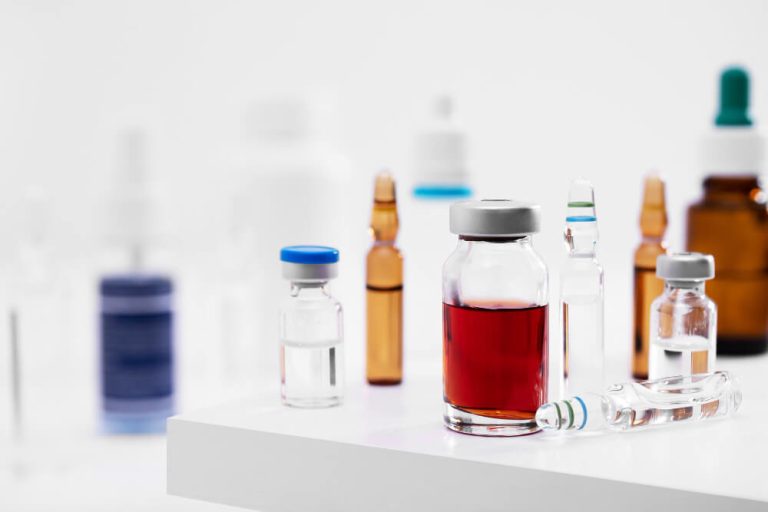The Future of Healing: Why Exosome Training is Essential for Modern Medicine
In the rapidly advancing world of regenerative medicine, a new frontier is capturing the attention of scientists, doctors, and patients alike. This frontier is microscopic, yet its potential impact is monumental. We are talking about exosomes, the tiny messengers that could redefine our approach to healing, aging, and cellular repair. As this exciting field grows, so does the critical need for specialized education to ensure its safe and effective application.
The journey into this new medical paradigm is not one to be taken lightly. It requires a deep understanding of cellular biology, patient safety protocols, and the very latest in scientific research. This is where comprehensive exosome training becomes not just beneficial, but absolutely essential for any healthcare professional looking to pioneer these therapies.
This guide will walk you through the fascinating world of exosomes. We will explore what they are, why they are so powerful, and most importantly, why rigorous training is the bedrock upon which the future of this therapy must be built. Understanding this landscape is the first step for anyone intrigued by the promise of regenerative health.
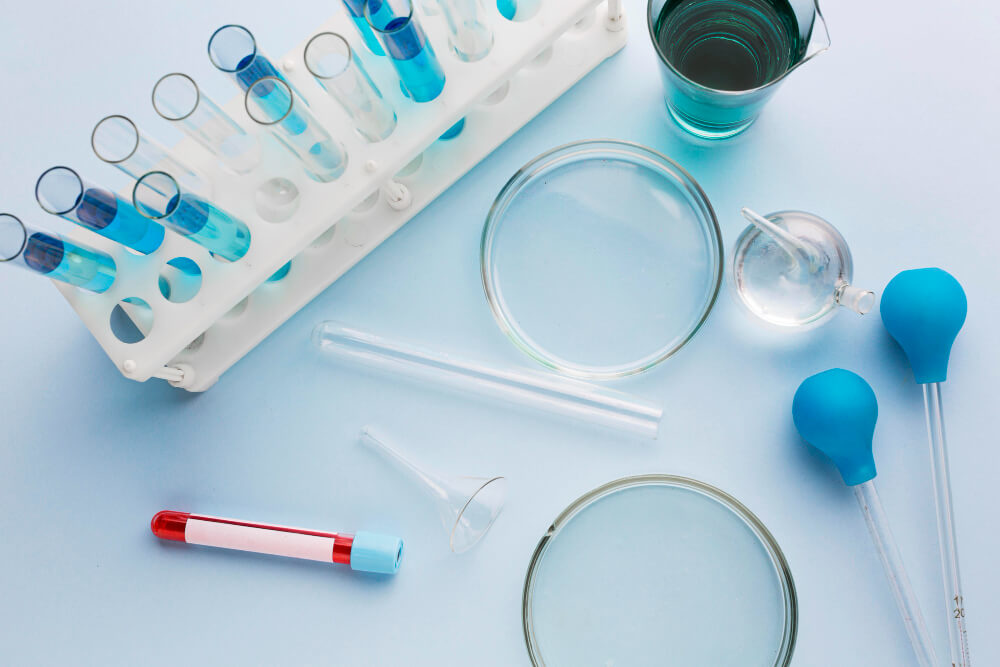
What Exactly Are Exosomes?
Imagine your body is a vast and bustling country with trillions of citizens, which are your cells. For this country to function, these citizens need to communicate constantly, sending messages, warnings, and instructions to one another. Exosomes are the high-speed, high-security postal service of this cellular nation.
Scientifically speaking, exosomes are extracellular vesicles, which are tiny, membrane-bound sacs released by almost all cell types. Initially, scientists thought these vesicles were just cellular ‘trash bags’, used to discard waste products. However, we now know they are sophisticated carriers of important molecular cargo.
This cargo includes proteins, lipids, and nucleic acids like messenger RNA (mRNA) and microRNA (miRNA). When an exosome is released from a parent cell, it can travel through the bloodstream and other bodily fluids to a recipient cell. Upon arrival, it fuses with the target cell and delivers its contents, effectively changing the behavior of that recipient cell.
Think of it as one cell sending a software update to another. This communication system is fundamental to countless biological processes, including immune response, tissue repair, and even the development of diseases. The ability to harness this natural system is what makes exosome therapy so revolutionary.
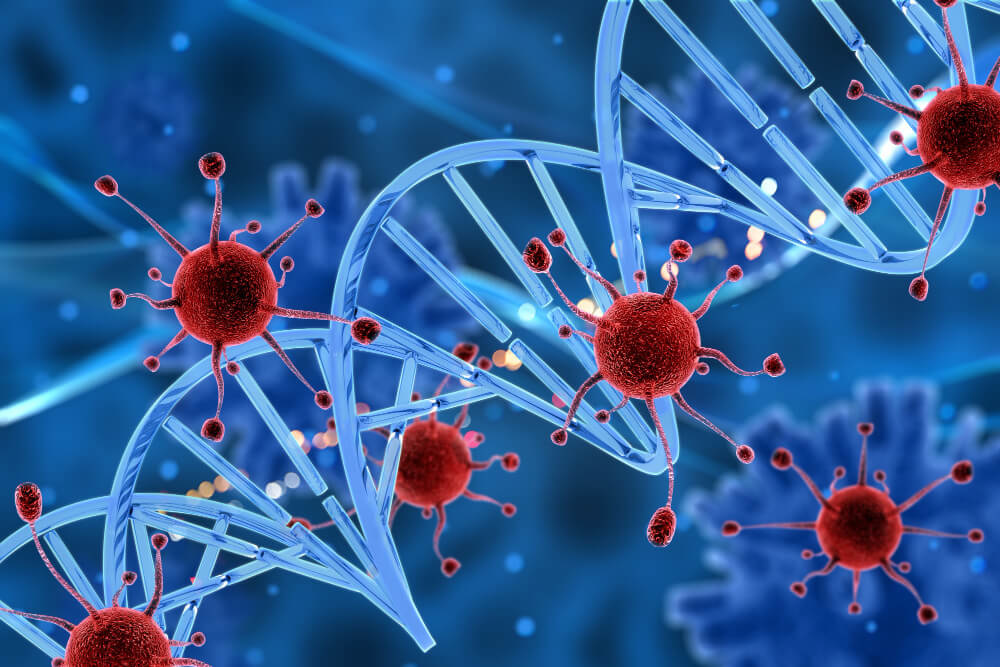
How Do Exosomes Promote Healing and Regeneration?
The therapeutic potential of exosomes lies in the specific messages they carry, particularly those derived from stem cells. Stem cells are the body’s master cells, known for their remarkable ability to develop into many different cell types and to orchestrate repair processes. When stem cells release exosomes, they are essentially sending out packets of regenerative instructions.
These instructions can tell damaged cells to begin repairing themselves. They can signal immune cells to reduce inflammation, a key factor in many chronic diseases and the aging process. They can also stimulate the growth of new blood vessels, which is vital for delivering oxygen and nutrients to healing tissues.
Unlike cell-based therapies that involve introducing whole cells into the body, exosome therapy is ‘cell-free’. This distinction is important because it may reduce some of the risks associated with cell therapies, such as immune rejection or unwanted cell growth. The exosomes simply deliver their healing cargo and are then naturally cleared by the body.
This targeted, cell-free approach is what makes exosomes a subject of intense research for a wide range of applications. From cosmetic skin rejuvenation to treating orthopedic injuries and exploring solutions for neurodegenerative conditions, the potential uses are vast and incredibly exciting. The field is expanding rapidly, with ongoing studies continuing to uncover new possibilities.
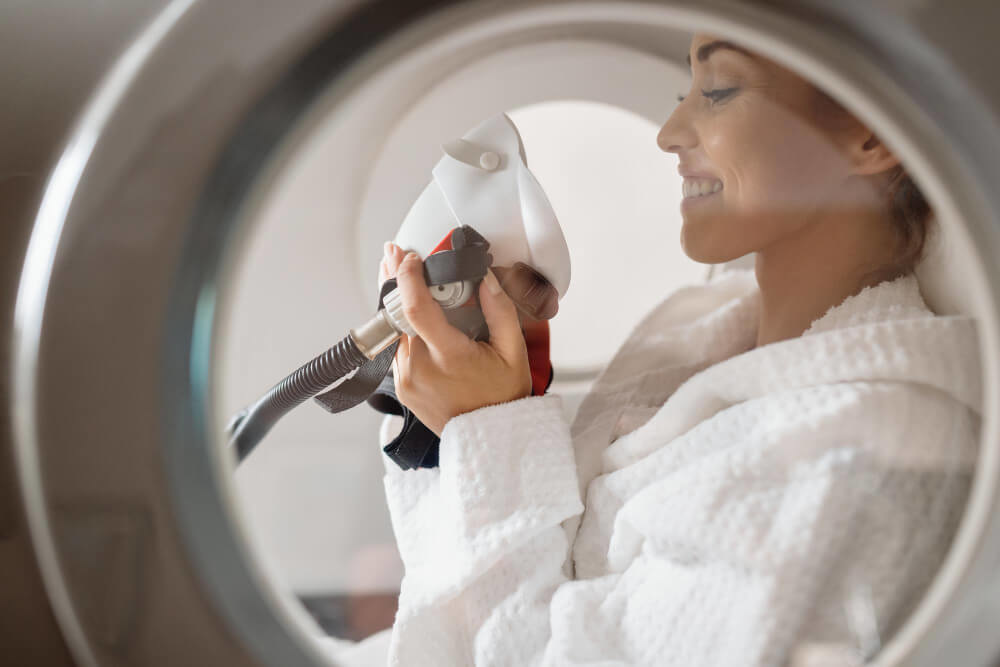
Why is Exosome Therapy Exploding in Popularity?
The rise of exosome therapy can be attributed to a convergence of factors. Patients are increasingly seeking less invasive and more natural approaches to health and wellness. They are looking for treatments that work with the body’s own systems rather than introducing synthetic chemicals or resorting to major surgery. Exosome therapy fits this demand perfectly.
For practitioners, exosomes offer a powerful new tool in their regenerative medicine toolkit. They represent a significant step forward from earlier treatments like platelet-rich plasma (PRP). While PRP relies on the signaling molecules present in a patient’s own blood, exosomes can provide a more concentrated and potent dose of regenerative factors sourced from vibrant, young stem cells.
This has led to a surge in interest across various medical specialties. In aesthetics and dermatology, practitioners use exosomes to improve skin texture, reduce fine lines, and promote hair growth. In sports medicine and orthopedics, they are being used to accelerate recovery from joint, muscle, and tendon injuries. There is also growing excitement about their potential to address systemic inflammation and age-related decline.
As the public becomes more aware of these benefits, the demand for qualified practitioners is skyrocketing. This creates both a tremendous opportunity and a significant responsibility for the medical community. To meet this demand safely, a new standard of education is required. For those wanting to dive deeper into the science, you can find a helpful fundamental introduction to exosomes that covers the basics of their biology and function.
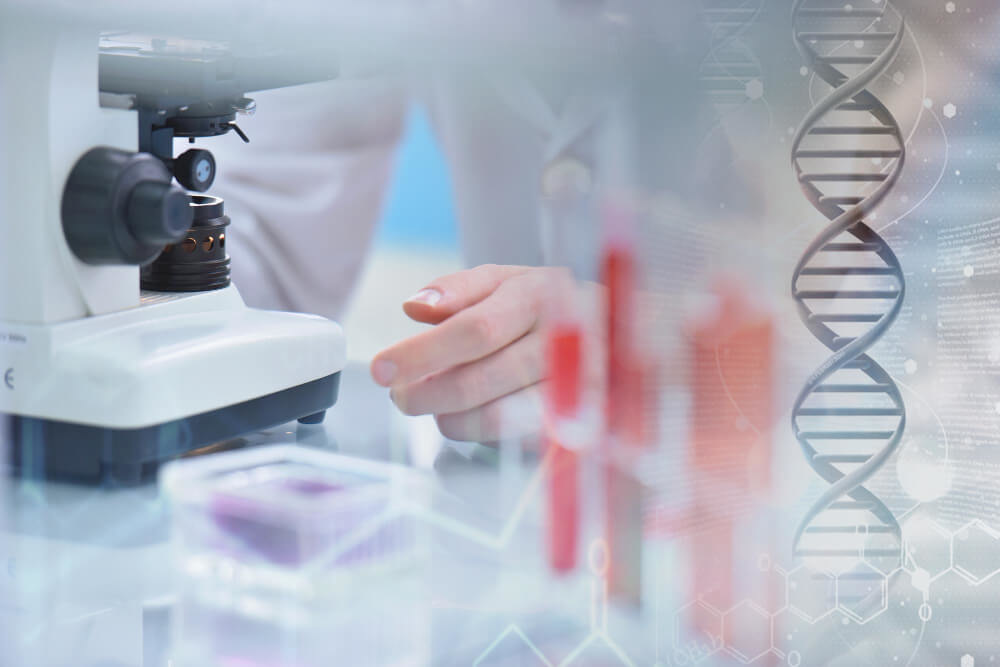
What Does the Scientific Community Say?
The excitement around exosomes is not just hype; it is backed by a growing mountain of scientific evidence. Researchers around the globe are dedicated to understanding these vesicles and their therapeutic applications. Major scientific journals are filled with studies exploring their mechanisms and potential, reflecting a serious and sustained interest from the world’s top minds.
Academic and research institutions are pouring resources into this field, leading to an exponential increase in published papers over the last decade. This collective effort is what moves a therapy from being experimental to becoming a mainstream medical practice. The vast body of research on exosomes highlights the breadth and depth of the ongoing scientific inquiry.
Furthermore, specialized publications are emerging that focus solely on the intricate relationship between vesicles and cellular function. This level of focus helps to refine our understanding and develop more precise therapeutic strategies. The work detailed in journals covering specialized research on exosomes and cells is critical for advancing the field from the laboratory to the clinic.
Professional organizations have also formed to create standards and foster collaboration among scientists and clinicians. Groups like the International Society for Extracellular Vesicles play a crucial role in guiding research, establishing best practices for exosome isolation and characterization, and ensuring that the field develops responsibly. This robust scientific framework provides the confidence needed for clinical adoption.

Why is Specialized Training So Critically Important?
With any powerful new medical technology, the potential for misuse is as real as the potential for good. Exosome therapy is no exception. Without proper training, practitioners risk not only delivering suboptimal results but also compromising patient safety. This is why education is the most important pillar of responsible practice.
A trained practitioner understands the nuances that a novice might miss. They know that not all exosome products are created equal. The source of the exosomes, the method of their isolation and purification, and their concentration and purity are all critical factors that determine their safety and efficacy. Proper training provides the knowledge to critically evaluate different products and select the best ones for their patients.
Furthermore, administering exosome therapy is more than just a simple injection. It requires a deep understanding of patient selection. Who is a good candidate for this therapy? What underlying conditions might affect the outcome? What are the potential contraindications? Answering these questions correctly is fundamental to achieving positive results and avoiding adverse events.
This is why a formal certification in exosome and regenerative therapies is becoming the new standard of care. It provides a structured learning path that covers the science, clinical applications, and safety protocols necessary to practice with confidence and competence. It signals to patients that their provider has invested the time and effort to master this advanced modality.

What are the Risks of Untrained Application?
The risks associated with untrained or improperly trained practitioners are significant. One major concern is the use of low-quality or contaminated exosome products. Without the knowledge to vet suppliers and understand quality control reports, a practitioner might inadvertently use a product that is ineffective or, worse, harmful.
Improper administration techniques can also lead to problems. The method of delivery, whether it’s a topical application, local injection, or intravenous infusion, must be matched to the patient’s specific condition and goals. An incorrect technique can render the treatment useless or cause localized complications.
Perhaps the most significant risk is a failure to manage patient expectations and provide proper follow-up care. A well-trained clinician knows how to educate patients about what exosome therapy can and cannot do. They establish realistic timelines for results and have protocols in place for monitoring progress and managing any potential side effects.
Ultimately, a lack of training undermines the credibility of the entire field. When patients have bad experiences due to unqualified providers, it creates negative perceptions that can harm the responsible practitioners who are dedicated to providing the highest standard of care. This makes comprehensive exosome therapy training for doctors and other healthcare professionals an ethical imperative.

What Should a Good Training Program Cover?
A high-quality exosome training program must be comprehensive, covering both the theoretical science and the practical application. It should be designed for licensed healthcare professionals who already have a strong foundation in human anatomy and physiology. The curriculum should be rigorous and evidence-based.
Key modules should include a deep dive into the biology of extracellular vesicles, including their formation, cargo, and mechanisms of action. Participants must learn about the different sources of exosomes, such as mesenchymal stem cells from bone marrow, adipose tissue, or umbilical cord tissue, and the pros and cons of each.
Crucially, the training must cover the entire clinical workflow. This starts with patient consultation and selection, helping the practitioner identify ideal candidates. It must provide detailed, step-by-step instruction on various administration techniques for different clinical applications, from aesthetic treatments to orthopedic injections.
Moreover, a vital component of any elite program is a focus on patient management before and after the procedure. A complete program will provide a physician’s protocol for pre- and post-infusion patient care, ensuring the patient is properly prepared for treatment and supported throughout their recovery and healing journey. This holistic approach is what separates basic instruction from true professional mastery.

How Does Training Impact Patient Outcomes?
The link between practitioner training and patient outcomes is direct and undeniable. A well-trained clinician is equipped to create a personalized treatment plan that addresses the unique needs of each patient. They do not take a ‘one-size-fits-all’ approach.
This personalization begins with the initial assessment. A trained provider will conduct a thorough health history and may recommend specific diagnostic tests to understand the patient’s baseline cellular health and inflammatory status. This information allows them to tailor the therapy for maximum effect.
During the procedure, their expertise ensures that the exosomes are delivered to the target tissues precisely and safely. After the procedure, their knowledge of post-treatment care helps to optimize the body’s regenerative response. They can advise patients on nutrition, supplements, and lifestyle adjustments that can enhance the effects of the therapy.
This comprehensive, educated approach leads to higher patient satisfaction, better clinical results, and a stronger safety profile. Patients treated by expertly trained professionals are more likely to achieve their desired outcomes and become advocates for the therapy. This builds a positive feedback loop that benefits the patient, the practitioner, and the entire field of regenerative medicine.

What is the Future of Exosome Therapy and Education?
The field of exosome therapy is still in its early stages, but its trajectory is pointing sharply upward. As research continues to unlock new applications, the demand for this treatment will only grow. We may see exosomes become a standard of care for a wide variety of conditions that are currently difficult to treat.
This future will be built on a foundation of education. As the field matures, we can expect regulatory bodies to establish more formal guidelines and requirements for practitioners. Certification and ongoing education will likely become mandatory, not just optional. Medical schools and residency programs may begin incorporating regenerative medicine and exosome science into their core curricula.
Practitioners who invest in high-quality training now are positioning themselves at the forefront of this medical revolution. They are not just adding a new service to their practice; they are becoming leaders in a new paradigm of health. They will be the ones who shape the standards, pioneer new techniques, and build the trust that is necessary for widespread adoption.
The future of healing is cellular. It is about working with the body’s innate intelligence to repair, restore, and rejuvenate. Exosomes are one of the most powerful keys we have found to unlock that potential. The responsibility now falls on the medical community to learn how to use that key wisely, safely, and effectively for the benefit of all patients.
Embracing this future requires a commitment to lifelong learning. The science will continue to evolve, and practitioners must evolve with it. By choosing a robust and reputable training program, healthcare professionals can ensure they are prepared to offer their patients the very best that this exciting field has to offer, today and for years to come.
Frequently Asked Questions

How soon can I expect to see results from exosome injections?
The timeline for experiencing results from exosome therapy is gradual, as the treatment works by stimulating your body’s own regenerative processes. Some patients report initial improvements, such as reduced pain or inflammation, within a few weeks of the procedure. However, this is just the beginning of the healing cascade initiated by the exosome signaling.
For more significant and lasting structural changes, such as tissue repair in a joint or new hair growth, the process takes longer. Optimal results are typically observed between three to six months after the initial injection, with continued improvements possible for up to a year. The exact timeline varies depending on the individual’s health, the condition being treated, and the specific area of the body that received the injection.

What are the most important aftercare instructions following an exosome injection?
Immediately following your exosome injection, it is crucial to rest the treated area and avoid strenuous physical activity for at least 48-72 hours. This helps ensure the exosomes remain concentrated at the injection site to maximize their signaling potential. You should also keep the area clean and dry to minimize any risk of infection.
For the first one to two weeks, you must avoid taking any non-steroidal anti-inflammatory drugs (NSAIDs) like ibuprofen or naproxen, as these can counteract the healing process that the exosomes are designed to promote. While strenuous exercise is discouraged, gentle movement and stretching are often recommended to encourage blood flow to the area. Always follow the specific post-procedure protocol provided by your practitioner for the best possible outcome.

How is the specific dosage and injection site for exosome therapy determined for each patient?
The dosage and placement of exosome injections are not one-size-fits-all; they are carefully customized for each patient’s unique needs. A qualified practitioner will conduct a thorough assessment, considering the severity of your condition, the size of the treatment area, and your overall health goals. For orthopedic applications, diagnostic tools like ultrasound imaging are often used to guide the needle to the precise point of injury for maximum effectiveness.
The final dosage, typically measured in billions of exosomes per milliliter, is calculated based on these clinical factors. A larger joint with significant damage will naturally require a higher concentration and volume than a smaller area being treated for aesthetic purposes. This personalized approach ensures the therapy is optimized to provide a sufficient regenerative signal for the specific tissue being targeted.
Discover the most comprehensive functional medicine training, longevity training, and biohacking certification programs designed specifically for healthcare professionals, medics, and clinic owners who want to master regenerative medicine protocols and anti-aging therapies. Your journey to becoming an expert in the future of medicine starts at Talking Longevity.




